John Newton
John Newton. Thanks for agreeing to this interview. You are a journalist, freelance writer and novelist, and your abiding passion is food. In fact you were awarded the Best Food Journalist in the 2005 World Food Media Awards. From where does this passion for food come?
The stock standard answer is that my mother was a good cook, blah blah blah. But I think, as a writer, I realised early on in life, that food, and all that it includes – which is just about everything – is one of the most interesting, intriguing and enthralling topics we can engage with.
Apart from numerous articles in journals and newspapers, you have written several books on food and eating, including Grazing: the ramblings and recipes of a man who gets paid to eat (I love that title) and the popular Wogfood, An Oral History with Recipes. In your writing you have ranged across many food genres (if we can refer to cuisines in that way). What draws you to particular cuisines and traditions?
Looking at Wogfood and my latest book, The Oldest Foods on Earth, there is a clear connection. What do we, or don’t we, eat? The ‘Wogs’ I wrote about weren’t going to have anything to do with the food they found here. Like the invaders who arrived in this country they decided to call Australia, they bought their own food with them. In one case the results were astonishingly good, in the others, devastatingly bad.
But the genesis of Wogfood was my collaboration with my friend Stefano Manfredi in our first book Fresh From Italy, which was about his and his family’s journey to Australia and their reaction to the food here. That got me to thinking.
Just as eating my first kangaroo in 1993 got me to thinking: “Why haven’t I eaten this before? And what else am I missing?”
Grazing was what I called a miscellany, a collection of journalism, expanded in ways it could be when untrammelled by the space restrictions of magazines and newspapers, and pieces that Gertrude Stein told Hemingway (in describing some of his short stories) that were ‘ inaccrochable’, unhangable; pieces that had never found a home. And, also pieces written especially for the book, including the final one, Last Words, one of my favourite pieces from the book, which my publisher at the time, Diane Jardine (New Holland), asked for, because, as she said, the book just stopped abruptly. She was right.
Come to think of it, the last piece in The Oldest Foods, ‘Walking Together, Eating Together’ (also a favourite) was also commissioned by a publisher, the splendid Phillipa McGuinness (NewSouth Publishing) for the same reason.
(Anyone interested in all my books could go to my blog, newtonwrites.com where they will find a complete list.)
The Oldest Foods on Earth explores the food that sustained our first peoples. This seems to be a book whose time has come. I know you have referenced Bill Gammage in other interviews. Why is his work so important to this work?
In The Biggest Estate on Earth: how Aborigines made Australia Gammage changed forever the way we look at this country, by showing how the indigenous people shaped the entire continent with farming practices that sustained them and the land for over 50,000 years. His recognition that for those people, theology and ecology were (and where possible still are) fused was profound and far-reaching in its effect on historians, ecologists and anthropologists.
He also finally put paid to the idea that indigenous Australians were aimlessly wandering savages by proving beyond refutation that they were superb agriculturalists, and were adept at farming without being farmers: for an explanation of that seeming conundrum, you will have to read the book. And you should, if you have not done so already.
Another important writer in this field is Bruce Pascoe, whose book Dark Emu was also important to me.
The Oldest Foods on Earth draws from anthropology, history and science. Tell us something about the research that you undertook in order to write the book.
Without going into a tedious list of source books and papers (all available in the Bibliography on pages 255-58) I will tell you that this book arose from a thesis I wrote for my Doctor of Creative Arts, which I undertook at UTS under the supervision of Professor Paul Ashton. More to the point he extended my research methods from the relatively slapdash practices I had employed as a journalist, and taught me the often irritating but always necessary rigours of academic research. He taught me to read closely and to record carefully (“do I really need to note page numbers?”) what I had read.
Q. In addition to the rich information about the origins of the food, The Oldest Foods on Earth contains recipes using indigenous foods by well known chefs, such as Maggie Beer and Peter Gilmore. It reads as if they were equally inspired by the subject, to work with you on the project.
A nice thought, but all the chefs were chosen because they were enthusiastic adopters of Australian native produce. Some, like Jean Paul Bruneteau an Raymond Kersh were pioneers, and others, like Peter Gilmore and Kylie Kwong. One, the legendary Phillip Searle, although long retired, supplied the recipe for that Kangaroo dish I ate in 1993 (Kangaroo with Pickled Beetroot) which has never been published before. In fact, Phillip has never published a cookbook.
A personal question now, because we like to know something about our authors as people. What do you like to do on your days off?
What I like to do (can do) and what I’d love to do are two different things. I’d love to sail but, alas, no boat. So what I can do is spend time by the water, go to the fish market, cook (which I also do during the working week), go to the movies, art galleries, and, whenever possible, get out of town.
Thank you John. I think you have inspired our local cooks and we will be able to sample some of these delicious recipes at the Festival. We are looking forward to meeting you ‘out of town’ at the St Albans Writers’ Festival.


